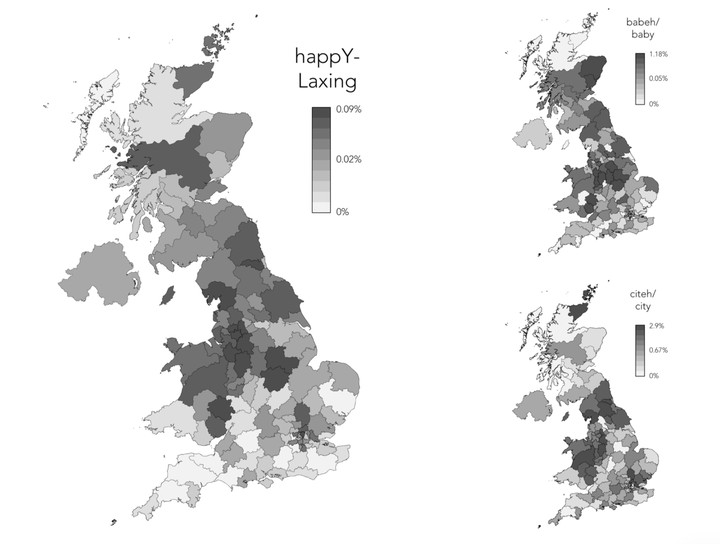The graphical representation of phonetic dialect features of the North of England on social media

Abstract
Recent research on dialect variation using social media data has so far provided evidence that spelling variants that reflect phonological dialect features are found in social media posts, such as tweets. This is an important finding because it opens the possibility of analysing the dialect of a region using naturally-occurring social media posts as opposed to using interviews or questionnaires. In this study, using a corpus of 180 million geo-coded tweets totalling almost 2 billion words, we explore how phonological features of the dialects of the North of England such as happY-laxing (e.g. happy > happeh; funny > funneh) or the definite article reduction (i.e. the > t’) are realised graphically by social media users. Our research reveals how and how often these dialect features are used in written online communication, adding to our understanding of the relationship between language and the projection of identity.